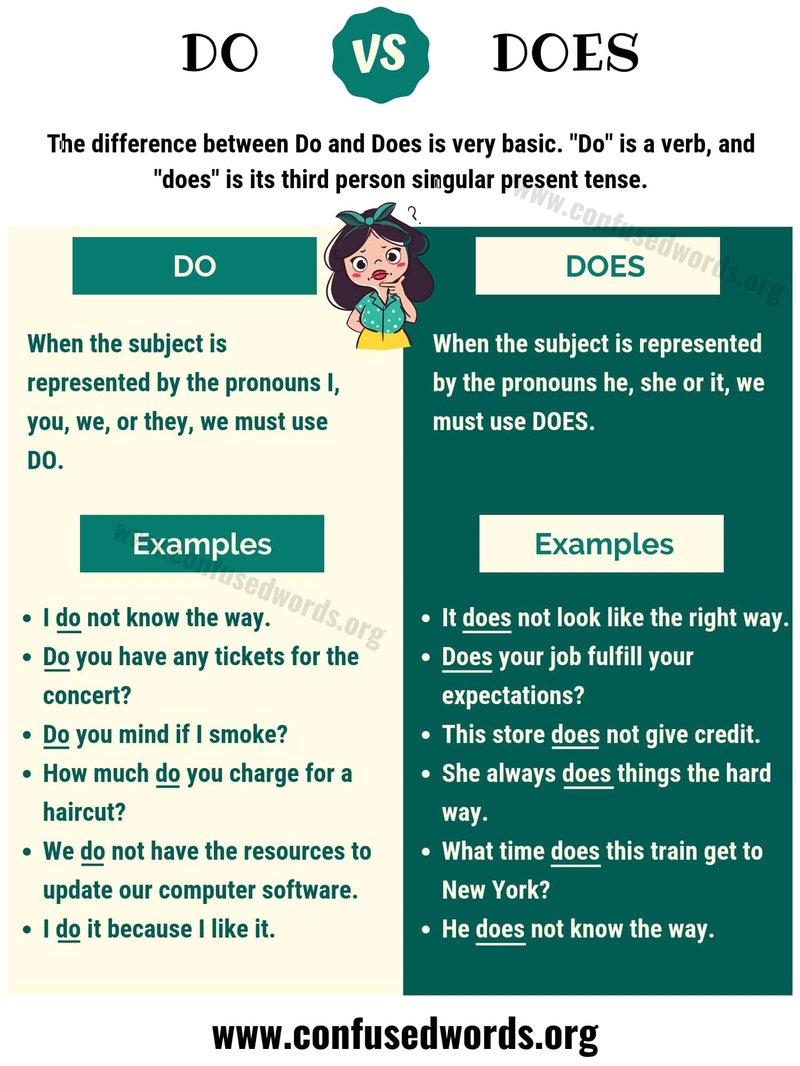
The “LE” error code, which can also be seen on some other dishwasher brands, usually indicates a problem with the dishwasher motor’s rotor. But don’t worry if that sounds too technical. Think of it like this: if the motor is the heart of your dishwasher, the rotor is sort of like its muscles—it’s what makes the spinning and cleaning action happen. When the “muscles” face a struggle, the “LE” code is the dishwasher’s way of saying, “Hey, something isn’t right here!”
Understanding KitchenAid Dishwasher Error Code LE
Typically, the “LE” error code signifies a potential issue with the dishwasher’s motor system. In layman’s terms, this is like when your car doesn’t start if the battery is dead. But in this case, it means that something is preventing the motor from working properly. This could be due to several reasons, ranging from simple overloading to more complex mechanical failures.
Firstly, an overloaded dishwasher can cause this error. Imagine trying to spin a wheelbarrow full of bricks—you’d probably struggle, right? Similarly, if you’ve stuffed too many dishes into the machine, it might find it hard to perform, prompting the “LE” message. Always ensure your dishes are loaded according to the manufacturer’s recommendations; this not only helps avoid errors but also ensures a more effective clean.
Another common reason for the “LE” error is a foreign object causing an obstruction. It’s like when a small stone gets stuck in your bicycle’s wheel—it stops the smooth rotation. Sometimes, small bits of food or utensils can fall into the rotor area, causing it to jam. Regular maintenance and checking for any obstructions can often save you from this hassle.
Steps to Troubleshoot and Fix the Error
Now that we know what might be causing the issue, let’s talk about how to fix it. First, make sure the dishwasher is turned off and unplugged for your safety. If overloading is the culprit, remove some dishes and try running the cycle again. You might find the error resolves itself once the machine isn’t under as much strain.
If you suspect there’s an obstruction, you’ll need to look inside. Carefully remove the dishwasher’s bottom rack and examine the rotor area. If you spot any foreign objects, remove them gently. Always refer to your dishwasher manual for specific instructions on accessing parts inside the machine, as improper handling can cause more damage.
Sometimes, the issue might be a bit more technical, like a malfunctioning motor or rotor. In such cases, if you’ve tried the basic steps and the problem persists, it might be time to call a professional repair service. While it’s tempting to fix things yourself, some tasks require a trained hand and the appropriate tools.
Preventative Measures to Avoid the LE Error
Prevention, as they say, is better than cure. One of the best ways to avoid running into the “LE” error code is regular maintenance of your dishwasher. Clean the filter regularly to prevent residue build-up. This ensures that water flows smoothly, reducing the risk of overworking the motor.
Another tip is to always scrape off food debris from plates before loading them into the dishwasher. This practice not only helps in preventing clogs but also enhances the dishwasher’s efficiency. Think of it as brushing off dirt from your shoes before entering your home—it just makes everything run smoother.
Finally, keep an eye on unusual noises or behaviors from your dishwasher. If it sounds like it’s working extra hard or a bit off, it might be worth investigating before it develops into a bigger problem. Remember, machines often give us subtle hints before they break down!
In conclusion, while the KitchenAid dishwasher “LE” error code might initially cause some stress, with a little bit of knowledge and care, it’s often something that can be resolved without too much hassle. And remember, regular maintenance is your best friend when it comes to keeping your appliances in tip-top shape.